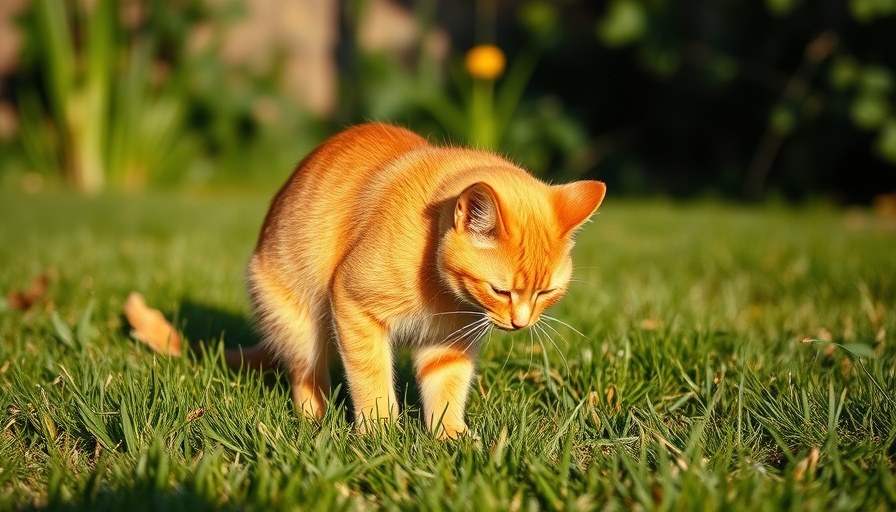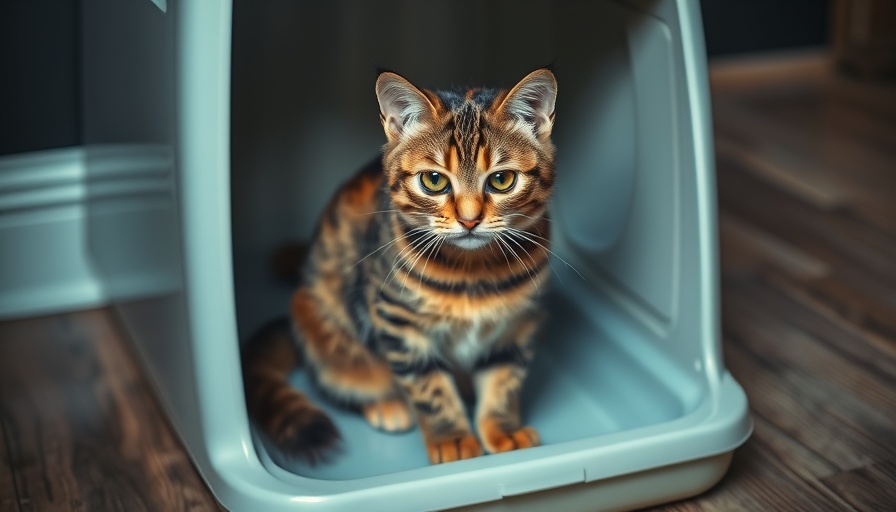
Why Homemade Dog Food is Beneficial
As pet owners, we want the best for our furry companions, and creating a homemade dog food recipe is one of the most effective ways to ensure that they receive high-quality nutrients. When you prepare your dog's meals, you have the power to select fresh, wholesome ingredients tailored to their specific needs, from proteins to vitamins. With this recipe featuring pork and turkey necks, you’re not just providing a meal; you’re enhancing your dog's health, happiness, and dietary variety.
The Nutritional Power of Pork in Your Dog's Diet
Pork is often an underutilized protein option in dog diets, yet it offers remarkable health benefits for our beloved pets. This protein is highly digestible and rich in essential amino acids, making it ideal for dogs needing energy or managing their weight. Pork is a great source of vitamins such as thiamine and niacin, helping in various bodily functions, including digestion and metabolism.
Additionally, the fat content of pork provides energy, especially for active dogs. The inclusion of pork in your dog’s diet can contribute to muscle growth and repairs, ensuring they remain strong and vibrant. This is particularly beneficial for puppies and younger dogs that require more protein for healthy growth.
Turkey Necks: The Natural Joint Care Solution
Turkey necks are another fantastic ingredient for home-cooked dog food. They are not only a tasty snack for dogs but a natural source of calcium and phosphorus, essential for strong bone and dental health. This makes them a dual-purpose ingredient: they enhance muscle health and strengthen bones.
Moreover, turkey necks provide nutrients like glucosamine and chondroitin, which are crucial in promoting joint health. For dogs suffering from joint issues or those simply wanting to maintain joint mobility as they age, incorporating turkey necks into their diet can provide meaningful support to their overall well-being.
The Importance of Joint Health for Dogs
Joint issues can significantly impair your dog’s quality of life, making it essential for pet owners to be proactive in safeguarding their beloved companions’ health. While many dog breeds are predisposed to joint problems due to genetic factors, ensuring they receive a nutritious diet plays a vital role in keeping their joints healthy and functional. By feeding your dog a balanced diet with a focus on joint-supporting ingredients like turkey necks and the amino acids from pork, you empower them to lead active, pain-free lives.
Practical Tips for Preparing Homemade Dog Food
Cooking homemade dog food doesn’t have to be daunting. Here are a few practical tips to help you get started:
- Use Fresh Ingredients: Always choose high-quality, fresh ingredients. Meat should be sourced from trusted suppliers, especially concerning raw feeding.
- Balance is Key: Ensure that you balance proteins, vegetables, and carbs in your dog’s diet. Consider consulting with a vet or pet nutritionist to find the right proportions for your pet's needs.
- Watch for Allergies: When introducing new foods, observe your dog for any allergic reactions. Start with small amounts to see how they react.
Common Myths About Homemade Dog Food
Many pet parents hesitate to prepare homemade diets for their dogs due to misconceptions. A common myth is that home cooking is not nutritionally adequate. However, with proper planning and ingredient sourcing, homemade diets can rival commercial options in providing complete nutrition.
Another misconception is that raw feeding, which includes meat like raw turkey necks, is dangerous. While there are risks, sourcing meat from reliable suppliers and practicing safe handling can help mitigate these concerns. Always do your research and consult with professionals if you have doubts about raw feeding.
Your Dog Deserves the Best!
Support your dog’s health by incorporating simple yet nutritious recipes into their diet. By feeding them combinations like pork and turkey necks, you’re providing essential nutrients and establishing a bond through the enjoyable experience of cooking for them. If you’re unsure of where to find these ingredients, local farms or health food stores often provide organic options that could benefit your pet's health.
Homemade dog food preparation allows for creativity, control, and the satisfaction of knowing exactly what’s in your dog’s bowl. Ready to enhance your pet's diet with homemade goodness? Start experimenting with this recipe today!
 Add Row
Add Row  Add
Add 


Write A Comment